| CLICK HERE FOR INDEX PAGE |
| |
| Reginald Joseph Mitchell (1895-1937) |
V.Ryan © 2022 |
| |
| CLICK HERE FOR REVISION CARDS AND QUESTIONS ON R.J. MITCHELL |
| |
R. J. Mitchell was one of the most talent aeronautical designers of the Twentieth Century. He excelled in the design of fast sea planes, capable of competing in, and winning the Schneider Trophy, in the 1930s. He is best remembered for his role, as leader of the team, that designed the legendary Spitfire, a fighter aircraft that combined speed, agility and beauty. This fighter aircraft came to represent Britain’s defiance, strength, determination and resilience throughout World War Two. R. J. Mitchell died just before the war, but his contribution to the design of the Spitfire, was significant.
As a young boy, he developed an interest in the designing and making model planes. When he left school, he became a locomotive apprentice at ‘Stuart and Company’, in Stoke. |
|
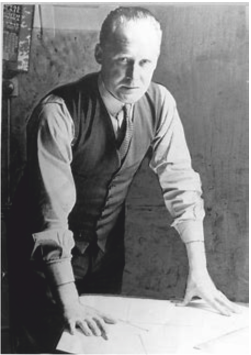 |
| |
|
|
| |
Mitchell continued to developed his skills in Technical Drawing, Engineering and Mechanics. By 1917, he was an assistant at the ‘Supermarine Aviation Works Limited’, of Southampton.
The Supermarine Aviation Works, designed and manufactured flying boats throughout World War One and continued to work closely with the fledgling RAF, after the war. The company had a serious interest in winning the Schneider Trophy. This trophy was awarded annually, to the winner of a race for seaplanes and flying boats. Plane designers and companies across the world, aimed to win this prestigious trophy, beating their commercial rivals.
At the age of 27, R.J. Mitchell lead the design team that produced the Sea Lion II, which won the trophy in 1922. |
| |
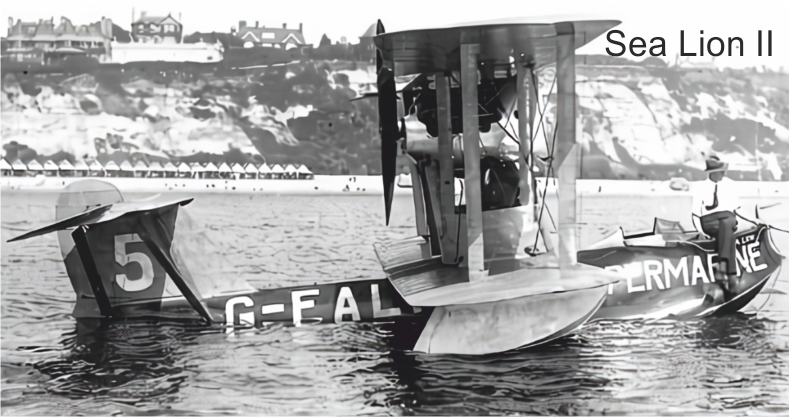 |
| |
| The Supermarine ‘Scarab was another design by R.J. Mitchell’s design team. |
| |
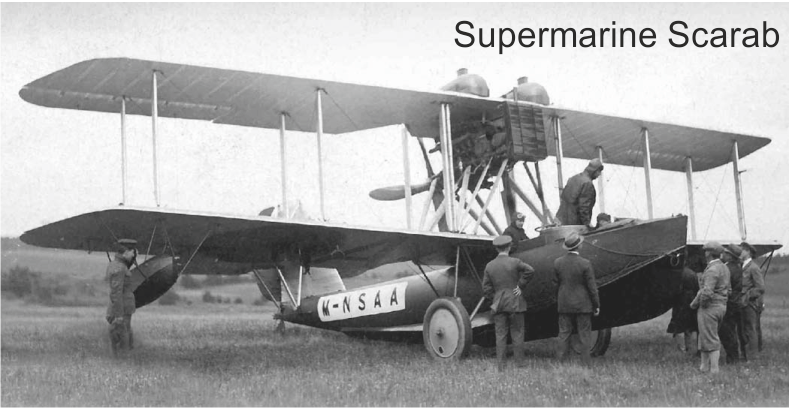 |
| |
|
|
| |
| R.J. Mitchell is associated with a number of designs of sea planes, in the 1930s. This included the S.4 a revolutionary single winged plane, with a monocoque fuselage. The plane evolved into the S.5, which achieved 281mph, to win the Schneider Trophy in 1927. The plane was soon to incorporate Rolls Royce engines, which meant it was capable of reaching 340mph. |
| |
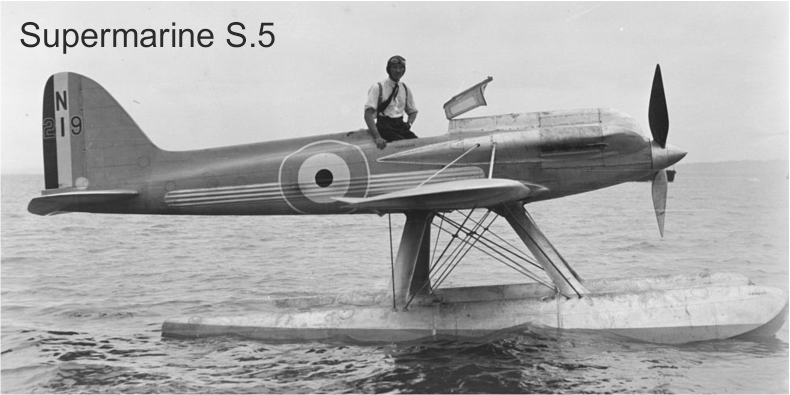 |
| |
| R.J Mitchell’s design team worked on a series of fast planes, that would eventually result in the world famous Spitfire. The first incarnation was the Type 224, but this failed to meet the requirements / specification of the RAF. The much improved Type 300 and the K5054 followed in quick succession, and proved to be very successful. |
| |
 |
| |
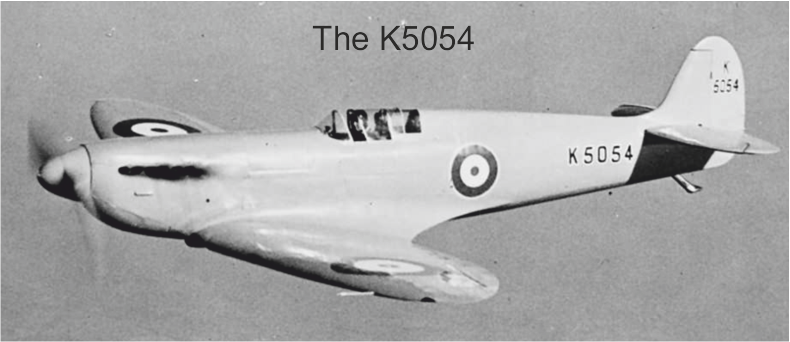 |
| |
|
|
| |
| R.J Mitchell died in 1937, but his innovative work, meant that the ground had been set for the Spitfire, a plane that became a design icon, helping to win World War Two. Pilots were amazed at its flying capabilities and the beauty of its design. |
| |
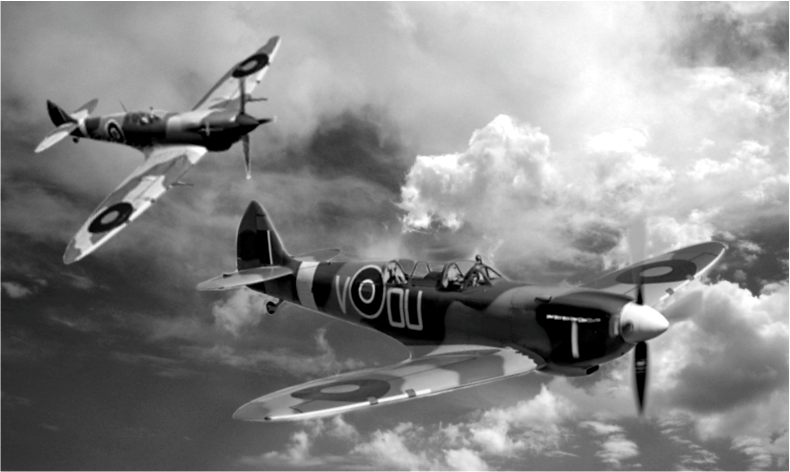 |
| |
| |
| CLICK HERE FOR DESIGNER INDEX PAGE |
| |
|
| |
|






